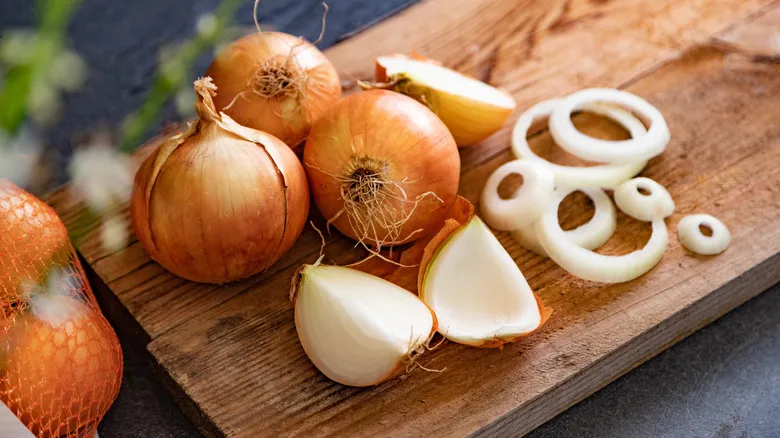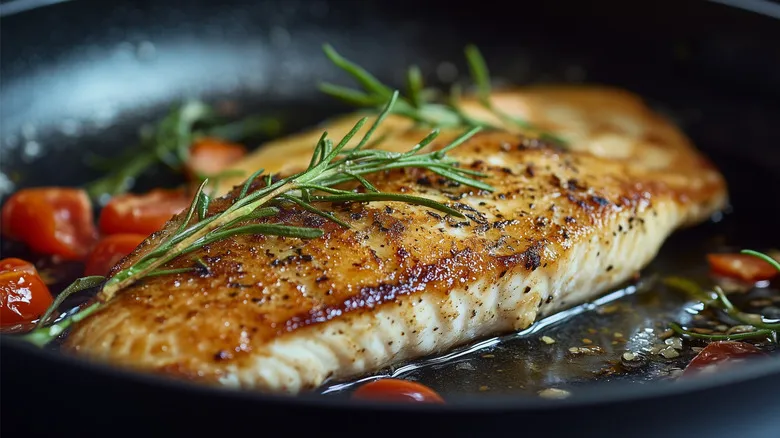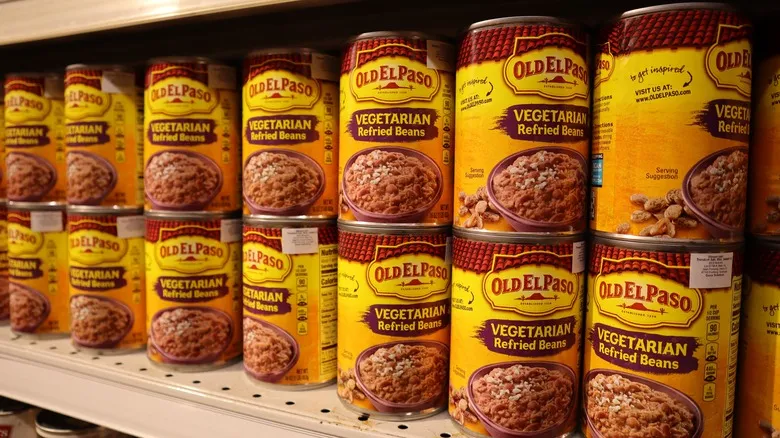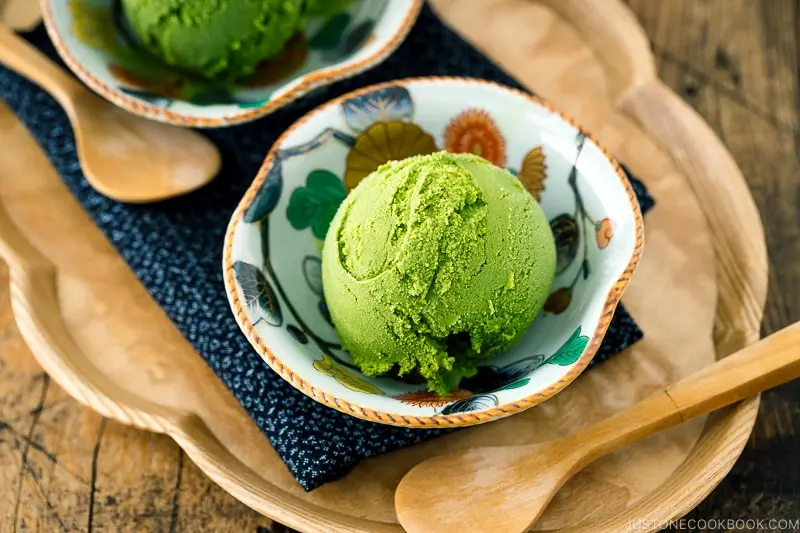The best ways to use frozen cooked fish

Reheating cooked fish can be challenging, as it tends to overcook easily, resulting in a dry, tough, and unappealing texture. However, don’t let this discourage you from freezing cooked fish, as it is indeed possible to reheat frozen cooked fish while maintaining its quality. If you’re working with a frozen fillet, make sure to thaw it completely in the refrigerator before cooking. If you skip this step, it will require a longer cooking time to heat through, which increases the likelihood of it drying out. When reheating, wrap the fish in foil to retain its moisture, and if it still seems a bit dry, consider adding a splash of oil or melted butter. A marinade can also help infuse extra moisture during the cooking process.
Another effective way to salvage frozen cooked fish that has lost its moisture is to repurpose it in different dishes. For instance, reheated salmon can be transformed into a creamy lohikeitto soup or tasty salmon burgers. White fish varieties like cod, haddock, and halibut can be incorporated into various stews, soups, or curries. You can also thaw, flake, and quickly heat the fish in a skillet with some seasoning and lime for delicious fish tacos.
Additionally, frozen cooked fish doesn’t always need to be reheated. For example, canned tuna can be made into a flavorful tuna salad, while salmon can be blended into a rich and savory spread. If you want to mask any fishy flavor, try adding a squeeze of lemon, a dash of vinegar, or some tomato. Any type of white fish can also be turned into a spread, offering a mild flavor that can be enhanced with fresh herbs, scallions, and capers.
Recommended

For The Freshest Tasting Coffee Beans, Avoid The Refrigerator

Here's How To Tell If An Onion Has Gone Bad

Stop Apple Slices From Browning In The Refrigerator With One Simple Solution

Give This Classic Dessert A Game Changing Upgrade By Serving It Frozen
Next up





